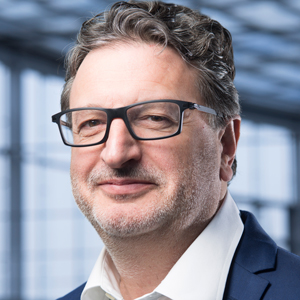
Greg Perry
Assistant Director General of IFPMA
Former Executive Director of the Medicines Patent Pool (2013-18)
As the global coronavirus pandemic continues, we need to maintain continued access to HIV and TB essential medications worldwide.
The COVID-19 pandemic has claimed more than 1.2 million lives, and many more deaths have likely gone unreported. The life science industries, governments, researchers, and numerous public health organisations are all working together to find vaccines, treatments and diagnostics to battle the pandemic.
However, we also know that the pandemic has created challenges in maintaining supply of essential medicines in other treatment areas such as HIV and tuberculosis (TB).
Communities help bridge the gap
In response, partners throughout the supply chain have worked endlessly to keep HIV and TB treatments available. This includes collaboration with innovative bio pharmaceutical industry, manufacturers, freight companies, regulators, procurement agencies, multilateral agencies governments, NGOs and on-the-ground distributors.
This collaboration, paired with robust supply chain management systems and experienced in-country distribution, has helped. The role of communities, and the use of digital tools and well-established partnerships, have been key to ensuring access to treatment.
In the field of TB, the Global Drug Facility (GDF) has been critical, working with companies and organisations on the ground to prevent shortages and create a stockpile of first line treatments.
Managing supply chain
Rapid in-country response to the severe supply gap projections has been significant in limiting the impact and/or ensured timely “bounce-back” of prevention services, testing and prevention of mother-to-child transmission (PMTCT). Those who responded quickest could benefit from the infrastructure built on years by initiatives such as the President’s Emergency Plan for AIDS Relief (PEPFAR) and Global Fund aid.
In the field of TB, the Global Drug Facility (GDF) has been critical, working with companies and organisations on the ground to prevent shortages and create a stockpile of first line treatments.
Numerous business and healthcare stakeholders also made resounding demands to stop treatment nationalism which threatened severe disruption, especially on the African continent.
In addition to its strong supply management, the innovative biopharmaceutical industry has also made a significant effort to keep research and development programmes on track so innovation in HIV and TB is not slowed by the pandemic.
Innovation and collaboration will lead to prevention
At the last Global Fund Replenishment conference the industry committed to step up the fight, do more, innovate more, and partner more to ensure access to innovative treatments for people living with HIV and TB. The pandemic makes this commitment even more urgent.
Innovative partnerships clearly remain essential to effectively address HIV and TB treatment supply during the pandemic but also provide key lessons in the global response to address COVID-19 itself.

